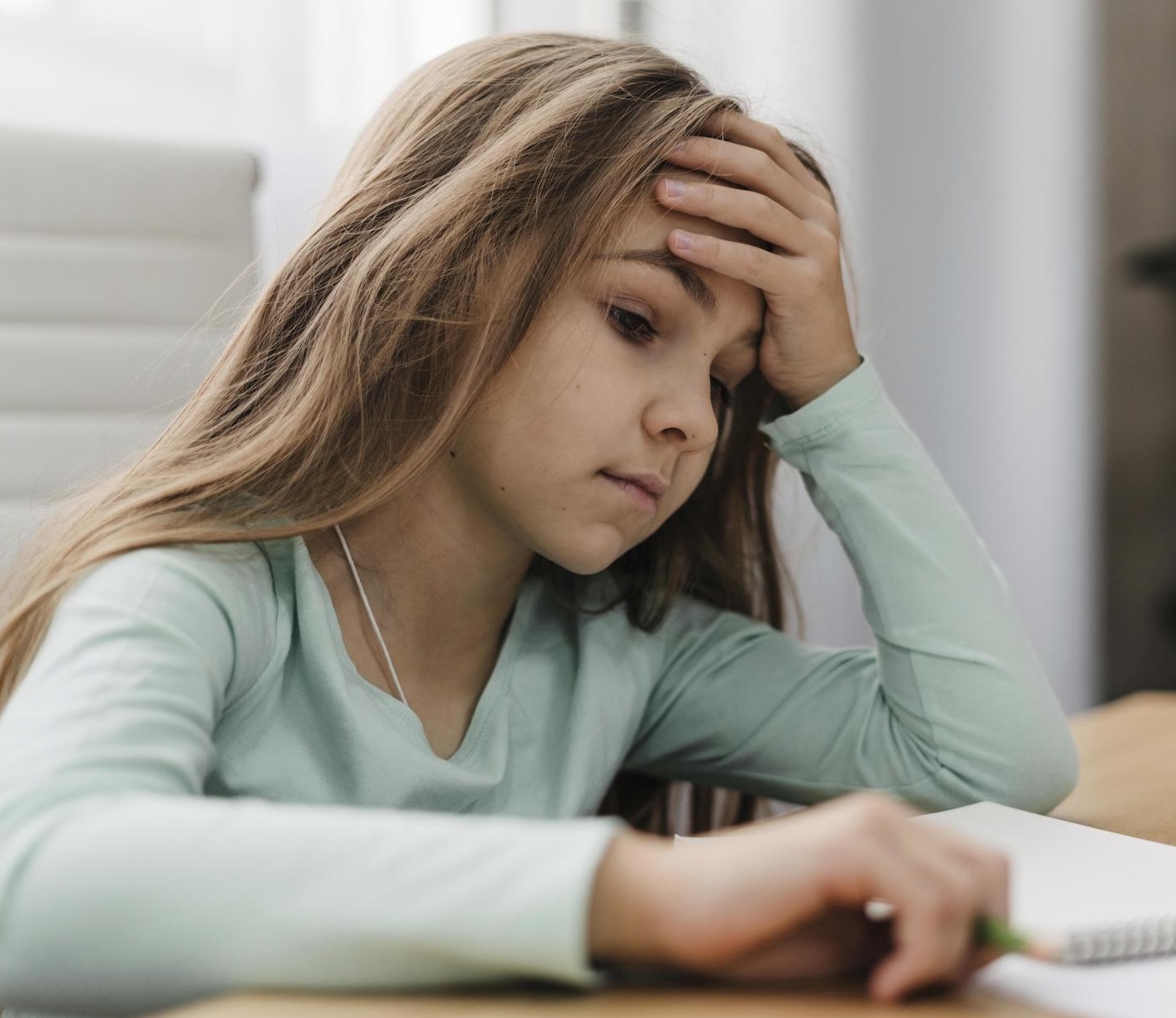
Teachers are an important part of establishing and maintaining healthy environments for students to learn and grow. They also play an important role in guiding students suffering from excessive stress to professionals in the building who can be of assistance. Teachers can assist students who are expressing stress by providing emotional support, promoting positive peer relationships, and connecting students with other professionals in the school who may be helpful resources.
What Is Stress?
- Stress is the body’s emotional, physical, or behavioral response to environmental change.
- Stress can be a short-term reaction in response to an upcoming event, such as homework deadlines, an upcoming exam, or speaking in front of the class. Stress can also result from traumatic or ongoing experiences, such as coping with parents’ divorce, public health crises, natural disasters, or community violence, as well as adapting to different cultural or social expectations or values.
- Some amount of stress is beneficial and can motivate students to perform better.
- Too much stress can be harmful, even if it is associated with sowing the seeds for a positive event (e.g., academic/sports competition or going to college).

Left unaddressed, the negative effects of stress can disrupt a student’s behavior, physical and emotional well-being, school success, and friendships.
Students of any age can show the responses to excessive stress
Pre-K and Kindergarten students
May complain of stomach aches or headaches, experience incontinence, become clingier, or start habits like hair twirling or thumb-sucking.
Elementary students
May cry easily, take frequent trips to the bathroom or school nurse, have difficulty staying in their seats, or become irritable. On the one hand some students may become angry, oppositional, or defiant and have disruptive outbursts. On the other hand, some students may laugh excessively.
Left unaddressed, the negative effects of stress can disrupt a student’s behavior, physical and emotional well-being, school success, and friendships.
Middle school students
May express worry, show anxiety, or feel isolated or lonely. On the one hand, some students may become angry, oppositional, or defiant. On the other hand, some students may laugh excessively.
High school students
May isolate themselves, give up easily when frustrated, or react with strong emotions (e.g., anger, hostility), or adopt new and negative coping mechanisms. What is stressful to one person may not be equally stressful to another.

Children respond to stress in different ways, and some responses are more productive than others. Check out our podcast for mindfulness strategies you can use with your students to help alleviate stress.

What Can Teachers Do?
- Listen, express understanding, and (if appropriate) offer help.
- Offer ways for students to cope. A “peace area” in your room where students can quietly reflect or engage in calming activities can help.
- Speak to the student privately (but with the door open if you are in a physical space). Don’t address or share the student’s behavior publicly
- Be mindful not to exacerbate their stress if it appears to be related to academic performance. Don’t ignore or avoid the student and the issue.
- Confer with colleagues who also work closely with the student. This may reveal a fuller picture of the issue.
- Continue to monitor the student. If they continue to demonstrate stress-based behaviors for an extended period of time, or the behaviors reemerge after seeming to have abated, consult with the school counselor regarding introducing stronger support resource opportunities.
Download a PDF of this article.
Excerpted from “Students Experiencing Stress” from the American Psychological Association. Read the full post for additional details and strategies for helping students in need of support.
Source: APA | Students Experiencing Stress, https://www.apa.org/ed/schools/primer/stress | © 2024 by the American Psychological Association. Retrieved August 2024.
This resource is filed under:





